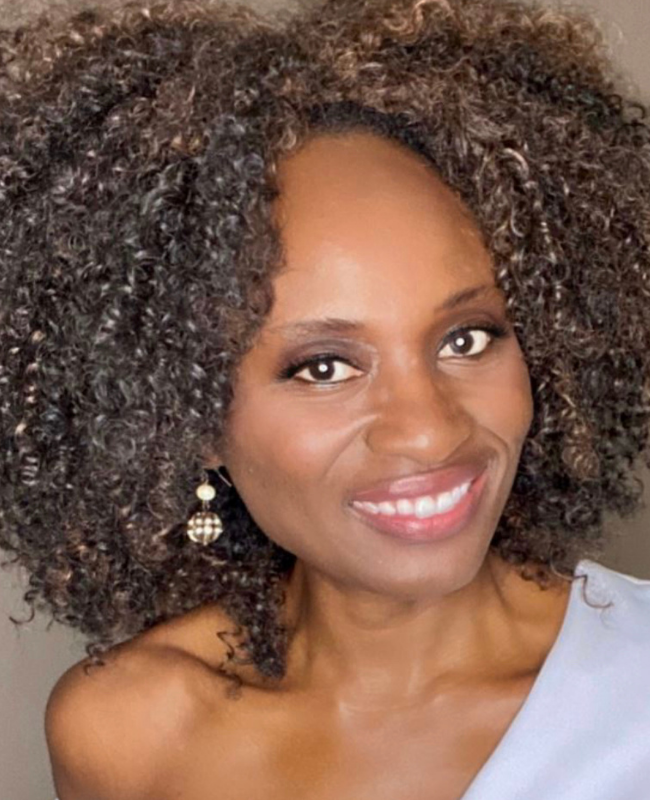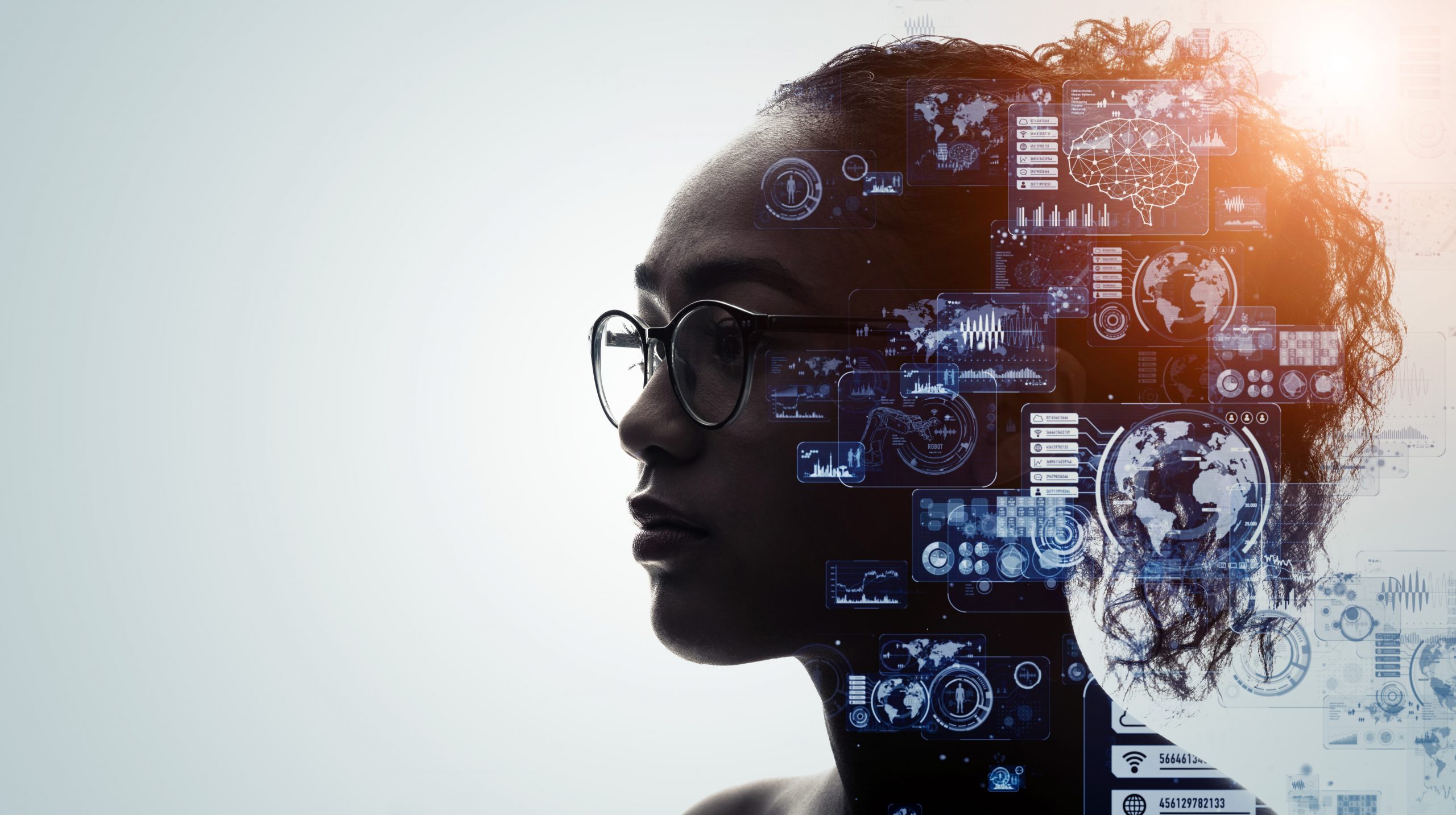As a modern Woman of Colour, I have lived through my share of bias, prejudice and systemic racial disadvantages and I’m exposed to these societal hardships every day. Simple tasks like in-store shopping are often not an enjoyable experience. I’m either being trailed by staff, having security ask to check my bags, or sometimes getting frisked without consent. As humiliating, degrading and dehumanising as these experiences are, they are reflective of decades long practices of profiling and surveillance of people of colour globally.
The emergence of digital commerce in the 1990s was a welcome reprieve. Digital marketplaces made it possible to circumvent in-store trauma by creating a virtual layer of separation between consumer and race. I never imagined that racism would follow me into this digital space.
The reality is that these ground-breaking ecosystems are designed and developed by humans, in a world where racism and discrimination still exist. These gaps in social consciousness in technology designs continue to propagate racial and economic inequities across the industry. Even as we adapt to and relish in the conveniences of tech, we are still failing to consider the adverse effects on certain minority groups.
Stereotyping in digital gaming, and racially insensitive or exclusive emojis, avatars and terminology are all easily identifiable ways in which digital racism manifests. However, when racial bias is embedded into the core functions of these platforms, it becomes more difficult to spot..
For example, algorithms, which are often perceived as fair and neutral, if trained using biased data, will likely deliver misguided, non-contextual decisions, propagating unequal and unfair treatment. A 2018 report from the Council of Europe highlights the various ways AI-driven decisions can impact certain classes of people, including “predictive policing” which uses technology to pre-emptively fight and prevent future crimes.
It is quite clear that the racism and social biases embedded into our technologies are predominantly impacting people of colour. So, how can I, a woman of colour, trust that I’ll be safe from unfair digital profiling, and how does a society that still struggles to talk about racism solve this problem?
A study in the United States also found that a flawed clinical algorithm resulted in black patients having to be sicker than white patients to receive the same level of medical care. These tools have the potential to affect people’s very lives and we can no longer ignore the harm.
Another popular technology riddled with racial bias is facial recognition. Businesses claim to use this technology to identify potential shoplifters and protect staff from aggressive customers. However, scanning customers’ faces – usually without their consent – and matching the data against ‘watchlists’ created on their staff’s perception of risk, neglects to consider how their biases may influence these outcomes. Compounding that with the fact that facial recognition technologies have been shown to falsely identify and mismatch darker-skinned faces significantly more than Caucasian faces further reinforces digital discrimination.
It is quite clear that the racism and social biases embedded into our technologies are predominantly impacting people of colour. So, how can I, a woman of colour, trust that I’ll be safe from unfair digital profiling, and how does a society that still struggles to talk about racism solve this problem?
We can start by closing the diversity gap in tech roles. Hiring minority employees in the field, while crucial, is often relegated to diversity, equity and inclusion (DEI) programs. Companies are using ‘diversity’ numbers predominantly for PR purposes. So, instead of hiring people that will ‘challenge’ a company’s culture, they are hiring diverse people that fit into the status-quo. But tackling techno-racism is not just an HR issue or a business decision; it is a social problem and we are lacking the depth needed to properly address this issue.
In order to dismantle techno-racism, we have to make a collective and intentional effort to welcome diversity of thought and opinion, invite diverse voices to the table, listen and learn from their lived experiences, and start building more inclusive spaces. Only then can we start to affect change and eradicate techno-driven racism in the industry.
MEET THE AUTHOR

DIANA OMUOYO
Diana Omuoyo has a background in software engineering and leadership, with a focus on improving student outcomes in underserved communities globally. She partners with various local and global tech and STEM organisations to raise awareness and promote Inclusion, Equality, Quality Education and Entrepreneurship. She was recognised by Forbes Australia in 2022 as one of 20 Womxn of Colour creating the next generation of leaders.
As the current Ms. World Universal titleholder and WoCA’s Ambassador Outreach Lead, Diana engages with individuals, groups, and organisations in conversations about the behaviours, experiences and impact of non-inclusive workplaces.



